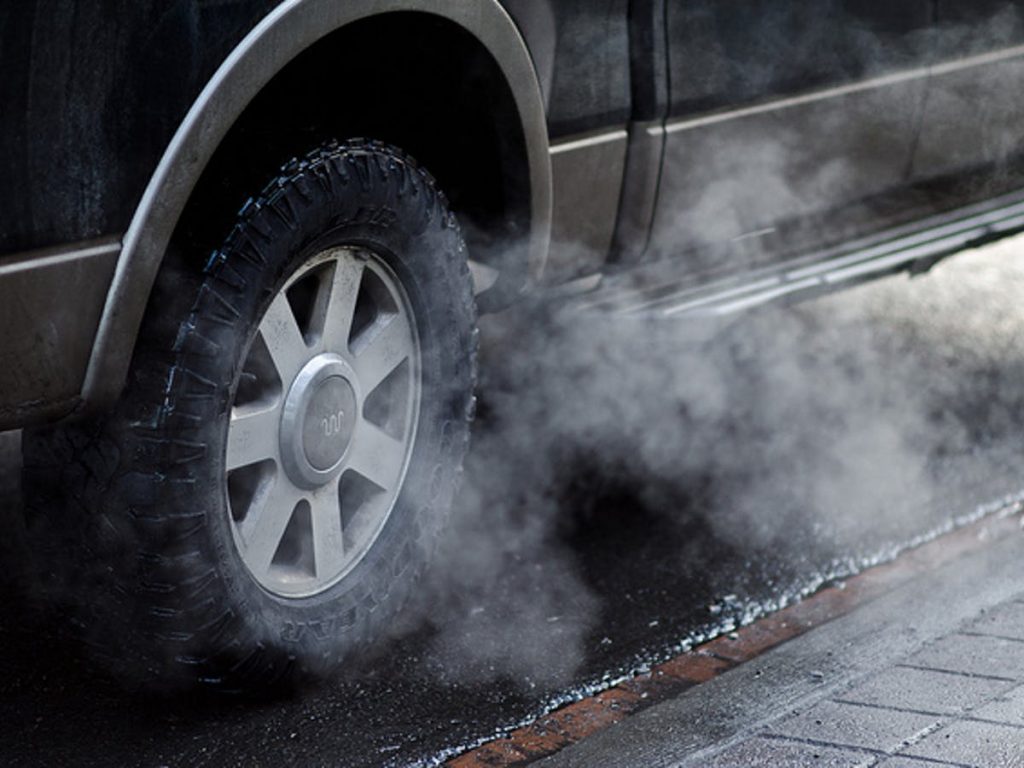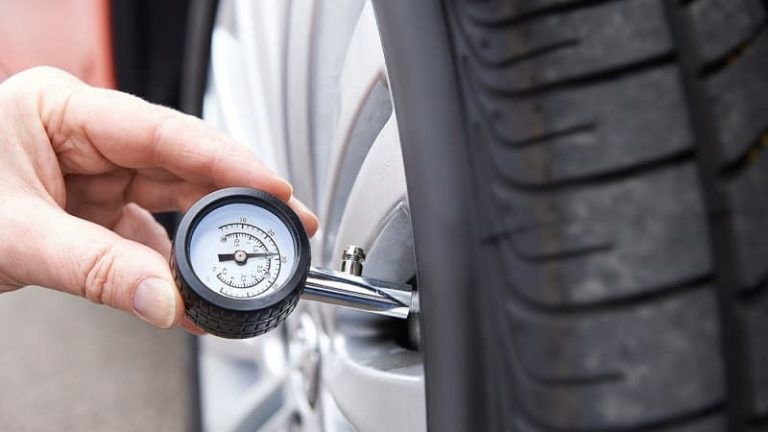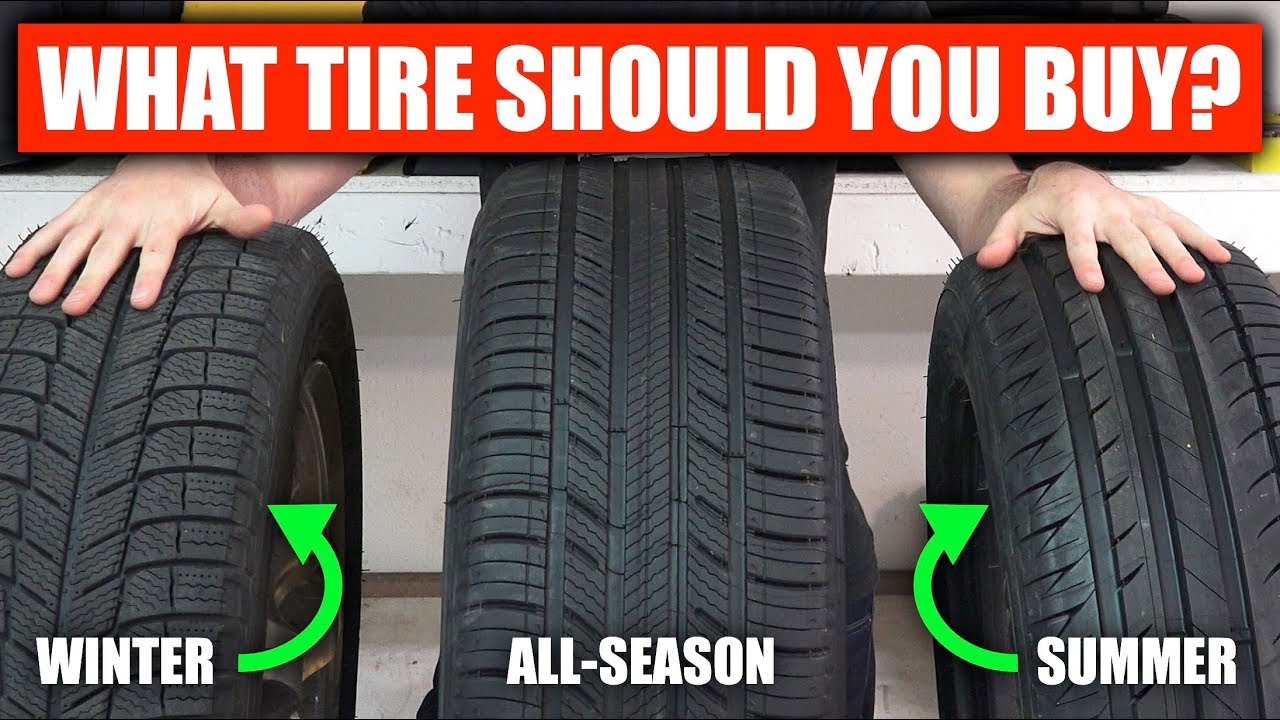Tire blowouts are a serious hazard that can lead to sudden loss of vehicle control, potentially causing accidents and injuries. Understanding how to avoid common tire blowout scenarios is crucial for any driver who values safety and vehicle longevity. Regular tire maintenance, such as checking tire pressure and inspecting for damage, plays a pivotal role in preventing blowouts.
Additionally, being mindful of driving conditions, like avoiding potholes and road debris, and adjusting your driving speed can significantly reduce the risk. Choosing the right tires for your vehicle and ensuring they’re suited for the current season and driving conditions is equally important.

By adopting these proactive measures, you can enhance your vehicle’s performance, improve safety, and extend the life of your tires. This article goes into practical tips and strategies to help you avoid tire blowouts and maintain a safer driving experience.
A tire blowout can be a frightening and dangerous experience, leading to loss of control and potential accidents. Fortunately, there are several ways to reduce the risk of tire blowouts through proper maintenance, careful driving, and being aware of potential hazards. Here are some key steps to avoid common tire blowout scenarios:
1. Regular Tire Maintenance
Check Tire Pressure: One of the most common causes of tire blowouts is improper tire pressure. Both over-inflation and under-inflation can lead to tire failure. It’s essential to check your tire pressure at least once a month and before long trips.
Use a reliable tire pressure gauge and ensure that your tires are inflated to the manufacturer’s recommended pressure, which can be found in your vehicle’s owner’s manual or on a sticker inside the driver’s door.

Inspect for Damage: Regularly inspect your tires for any signs of damage, such as cuts, punctures, or bulges. Even minor damage can weaken the tire structure and increase the risk of a blowout. If you notice any damage, have the tire inspected by a professional and replaced if necessary.
Rotate Tires: Rotating your tires regularly ensures even wear, which can extend their lifespan and reduce the risk of blowouts. Most manufacturers recommend rotating tires every 5,000 to 7,000 miles but consult your owner’s manual for specific recommendations.
2. Be Mindful of Driving Conditions
Avoid Overloading: Carrying excessive weight can put additional strain on your tires, increasing the risk of a blowout. Be aware of your vehicle’s load capacity, which is listed in the owner’s manual, and avoid exceeding it. Distribute weight evenly and avoid loading heavy items on one side.
Watch for Road Hazards: Potholes, debris, and uneven road surfaces can cause tire damage and blowouts. Stay alert and try to avoid these hazards when possible. If you can’t avoid them, slow down and drive over them carefully to minimize the impact on your tires.
Adjust Driving Speed: High speeds generate more heat in your tires, which can increase the likelihood of a blowout, especially in hot weather. Adhere to speed limits and adjust your speed according to road conditions and weather. Avoid sudden accelerations and braking, which can also put extra stress on your tires.
3. Choose the Right Tires
Seasonal Tires: Use tires that are appropriate for the current season and driving conditions. In colder climates, winter tires provide better traction and durability in snow and ice, reducing the risk of blowouts. In warmer climates, all-season or summer tires are more suitable. Using the right tires for the conditions can significantly enhance your safety and reduce tire wear.

Proper Tire Selection: Ensure that the tires you select are the right size and type for your vehicle. Using tires that are not recommended for your car can lead to improper wear and an increased risk of blowouts. Consult your owner’s manual or a tire professional for guidance on selecting the right tires.
4. Responding to a Blowout
Despite your best efforts, blowouts can still occur. Knowing how to respond can make a significant difference in maintaining control and safety.
Stay Calm: If you experience a blowout, remain calm and avoid slamming on the brakes. Instead, gently ease off the accelerator and allow the vehicle to slow down gradually.
Maintain Control: Keep a firm grip on the steering wheel and steer straight. Sudden movements can make the situation worse. Gradually guide your vehicle to the side of the road and come to a complete stop in a safe location.
Use Emergency Signals: Once you’re safely off the road, turn on your hazard lights to alert other drivers. If you need to change the tire, use reflective triangles or flares to enhance visibility, especially at night or in low light conditions.
Preventing tire blowouts involves a combination of regular maintenance, mindful driving, and choosing the right tires. By following these steps, you can significantly reduce the risk of a blowout and enhance your safety on the road.
Remember, proactive measures are key to ensuring your tires remain in good condition and perform reliably. Stay vigilant and make tire care a regular part of your vehicle maintenance routine.

